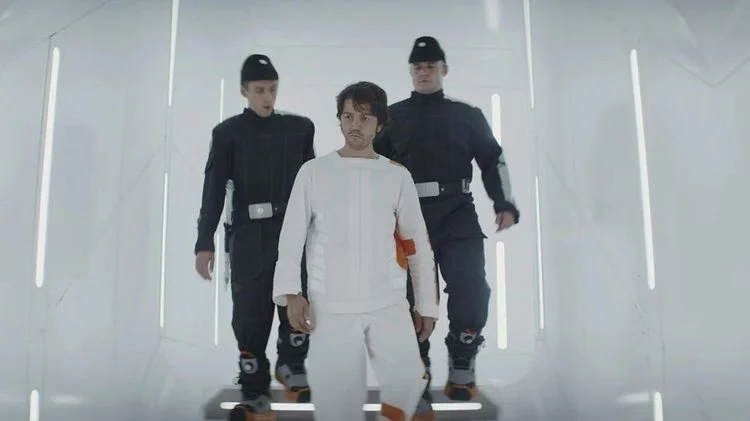Narkina 5 Is One Of The Most Ingenious Prisons In The Empire And This Is Why
Image Source: StarWars.com
Prisons have been a part of Star Wars since the very beginning: Princess Leia was held captive on Detention Block AA23 of the first Death Star, while the Jedi built a prison called the Citadel Station on Lola Sayu to lock away members of their own Order who had lost their way. Jyn Erso was imprisoned on Wobani, and more recently, Obi-Wan Kenobi freed young Leia from Fortress Inquisitorius on the ocean planet Nur.
All these prisons had several things in common: they were dark, gritty, and heavily guarded.
The prison on Narkina 5 is practically the complete opposite: everything is bright and clean, including the cells of the inmates, who have access to food and drinks whenever they want. Every prisoner has his own cell, none of which have doors. Despite all this seemingly good news for the inmates, this prison was probably the most ingenious of the Empire's incarceration designs.
RELATED:
Officially called the Narkina 5 Imperial Prison Complex, this installation consisted of 7 heptahedron-shaped cylinders positioned far from the coastline. As most of the complex was beneath the surface, the only practical way to reach or leave the prison was via air transport. And with hardly any danger of an underwater attack or escape (which would require heavy equipment), there was no need for thick walls or heavy fences.
Each of the seven complexes housed up to 4,900 inmates, with less than 100 Imperials to guard them, none of them Stormtroopers. Such a ratio was only possible because the Empire kept the prisoners in line by fear, in a both cruel and brilliant way: none of the inmates were allowed to wear shoes, and practically every bit of floor could be electrified at any time in three intensity levels. While a combative prisoner could dodge an attack from an electro-staff or maybe even a blaster shot, there is no way to permanently not touch the ground.
Each day the working group that had been least productive would be punished that way (while the best group would enjoy the privilege of having taste added to their food). The corridor in front of the cells was electrified each night at the exact same time, and getting into one's cell one moment too late could mean certain death, eliminating the need for a cell door.
But this process was crueler still: while some of the wardens carried remote controls to make certain areas of the floor "hot", the prisoners usually never got to see the person who had the power to end their lives at any given point in time. All they heard was an incorporeal voice from somewhere in the control center of the complex.
Image Source: Forbes
The few guards present on each level didn't carry any weapons besides simple zap rods, and they didn't need to, as they hardly had direct contact with the inmates apart from new prisoner arrivals. They just sat in their control rooms or roamed the catwalks above the sterile white rooms where the prisoners had to assemble things without knowing what they were or why.
All this sooner or later led to the inmates being mentally completely broken and turning into shallow hulls, with no sense of individuality or resistance, who just functioned as perfectly oiled parts of a much larger machine. Which was exactly what the Empire wanted.
Until, of course, Cassian Andor arrived on Narkina 5.
READ NEXT:
Source: Youtube














